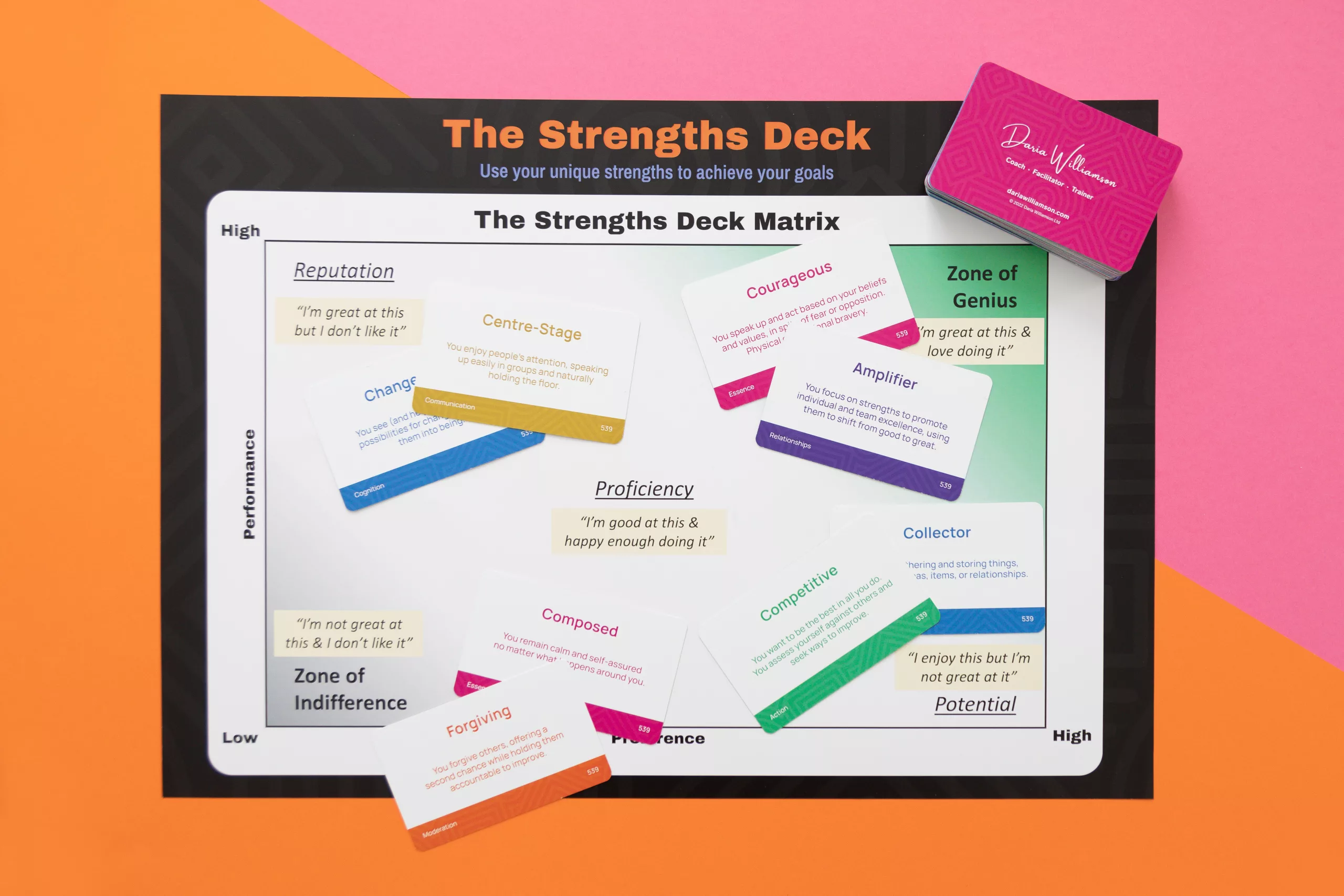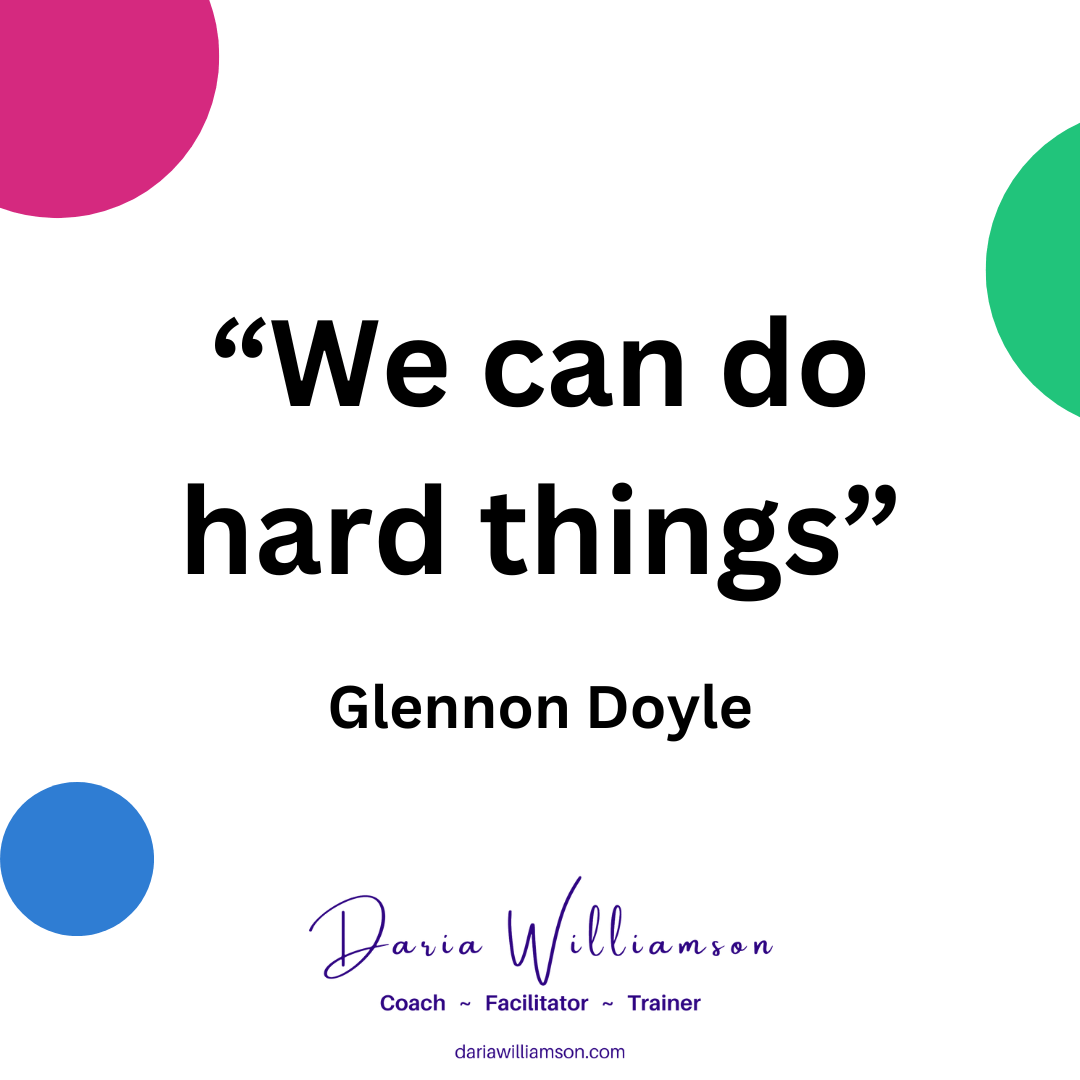Human beings have an autonomic nervous system (ANS), which controls a great deal of how our body works. The word “autonomic” means that the system can function without our conscious control. We don’t have to tell our lungs to breathe, our heart to beat, or our stomachs to start or finish the digestive process. They just do what they are supposed to do.
The autonomic nervous system has two streams operating in tandem. They are the sympathetic and the parasympathetic, and they fulfil different functions. For me, understanding how they operate and how to support them has helped me manage the stress created by complexity and increase my wellbeing. In this article, I share some insights into how stress can affect our ANS, and a simple but remarkably effective tip for changing your experience of stress.
The ANS is vast and complex, so this article is necessarily a summary – please check the References section for more information.
The sympathetic nervous system (SNS)
The sympathetic nervous system is responsible for creating homeostasis (the balance of our body’s systems). It also triggers our “fight or flight” response (to which many people now add “freeze” and “fawn”) in response to a stressful event. This response prompts a cascade of hormones that affect our breathing, heart rate, muscles etc. As long as we get enough time between stressful events, our internal systems will return to homeostasis.
However, when we experience ongoing and unmanageable levels of stress, the sympathetic nervous system stays triggered, shutting down or limiting the activities of the parasympathetic nervous system. So we can experience long-term and ongoing issues with digestion, heart rate, sleep, breathing, fertility, creativity, and our ability to make and maintain social connections.
The parasympathetic nervous system (PSNS)
This stream of our autonomic nervous system is sometimes called the “rest and digest” or “feed and breed” system. It is the system that operates when our body is in a relatively restful state, experiencing manageable levels of stress. You’ll notice that it doesn’t require zero stress – in fact, a certain level of stress is actually healthy. I’ll explain more in the next section.
While the PSNS does function without our conscious control, we can learn how to activate aspects of it to support our wellbeing.
Some PSNS activation techniques include:
- deep, slow abdominal breathing for a few minutes, several times a day (it’s not necessary or desirable to try to breathe this way 24/7)
- visualising a calm and peaceful scene (whether a real place or one of your imagination)
- focusing on a word with a positive meaning to you (e.g. rest, peace, safe, joy)
- meditative practices (such as prayer, yoga, or meditation)
- establishing calming rituals (e.g. making and enjoying a cup of tea, giving yourself a foot or head massage)
- moving your body gently (e.g. walking, dancing, swimming, tai chi, yoga, stretching)
- talking to a therapist or supportive friend or family member
- developing your social support network (including family, friends, co-workers, and social contacts through churches, exercise or cultural classes, sports clubs etc)
Note: these and other activities can form part of your self-care practice – see my previous Leadership Toolbox article about self-care
Stress and the nervous system
“Stress” is a word that typically has very negative connotations in our current culture. While it’s true that too much stress over too long a period can be detrimental to our physical and mental health, we need to distinguish between “eustress” (positive stress) and “dis-stress” (acute or chronic depleting stress)
Eustress
Eustress is a just fancy way of saying positive stress which has beneficial effects on us. Feeling nervous before a speech or presentation, getting butterflies in your stomach before you see someone you really like or feeling excited before you jump on a plane for a big adventure are all examples of eustress.
These feelings help us know that this situation is important to us, and helps us perform at our best. In fact, without this kind of stress in our lives, we probably wouldn’t ever achieve anything – something in us is wired to crave these feelings, which motivate us to stretch ourselves and try new things.
The opposite of “eustress” is “distress”, and it can be acute (short-term and intense) or chronic (long-term, from minimal to intense).
Acute stress
Acute stress is generally a single event that creates intense stress (think: loud noises, being in a car crash, preparing for an exam or job interview etc.). It’s usually a short-term experience, although it can feel like it will go on forever whilst we’re in the midst of it.
We can help ourselves and those around us to manage and recover from acute stress by:
- removing the stressor (or getting away from it) or at least taking our minds off it for a while
- engaging in activities that soothe our nervous system by activating the parasympathetic nervous system
Chronic stress
Chronic stress is the accumulation of lots of less-intense events which over time builds our stress to intense levels (think: bullying, abuse, constant changes in our environment, lack of sleep, poor nutrition). In chronic stress, each event on its own is relatively mild; it becomes an issue when events pile up so fast that we don’t have a chance to recover from them before the next one hits.
It can be more challenging to recover from chronic stress, due to its ongoing, cumulative nature. However, it is possible to do. Some ways that can help are:
- establishing or expanding your self-care practice (see this article I wrote for guidance on creating a self-care plan)
- talking to a therapist, friend, family member or helpline (The Mental Health Foundation of New Zealand has put together a list of helplines)
- taking steps to change your environment to reduce or eliminate stressful events
Change how you think about stress
A great deal of how we experience the world comes from the stories we tell about what we are experiencing. By changing the words we use when we speak or think about stress, we can literally change our experience of it.
Threats vs challenges
What do you think of when you hear the word “threat”? It probably conjures up a sense of fear, thoughts that some sort of harm might befall you or a loved one. It sounds dangerous.
Now think of the word “challenge”. You might feel nervous, but there’s also a sense of inspiration – we like to rise to a challenge. It gives us the idea of conquering and being victorious.
Which word is more likely to help you manage stress and take action?
…there is nothing either good or bad, but thinking makes it so.
Hamlet, Act II, Scene II
References
- Understanding the Stress Response – Harvard Medical School [edited May 2021: the document is no longer available for download from the website]
- Eustress: the good stress – Healthline.com
- Co-dependency, trauma and the fawn response – Pete Walker, psychotherapist
- Fight, Flight, Freeze: What This Response Means – Healthline.com






3 thoughts on “What you need to know about our autonomic nervous system and stress”
Pingback: Experiencing coronavirus fatigue? You're not alone. What can you do about it? ~ Potentiate Consulting
Pingback: Why we need to ditch certainty and embrace uncertainty ~ Daria Williamson
Pingback: Navigating change: The Four Doors of Change
Comments are closed.